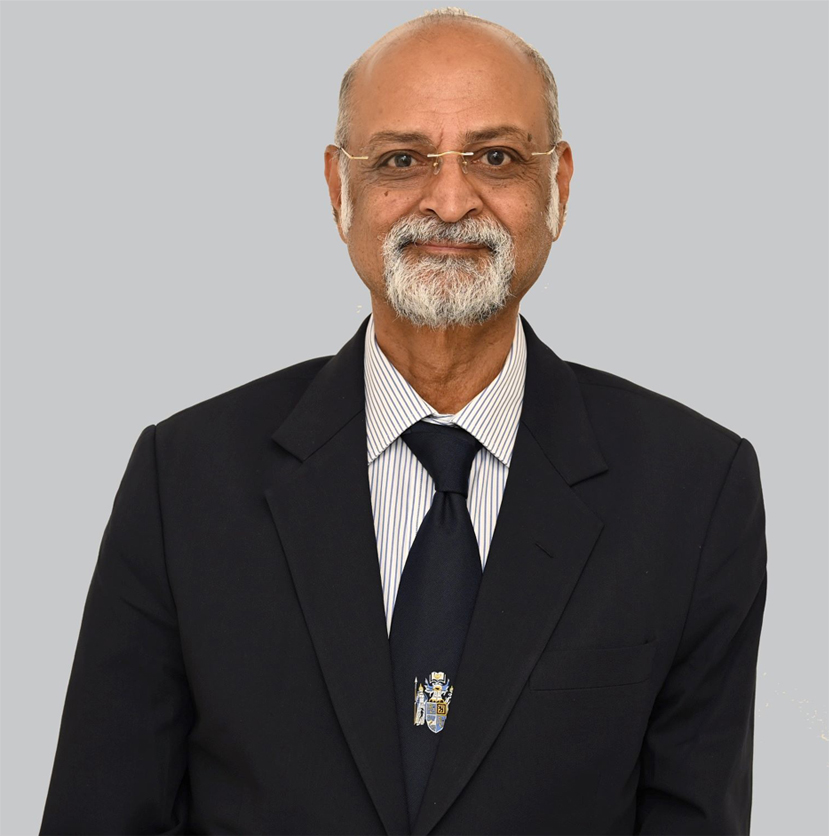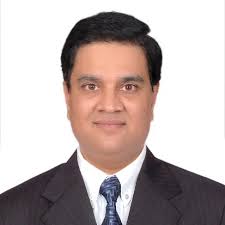Role of Robotics in Cardiac Care
The advancements in technology and artificial intelligence have also impacted the healthcare sector. In the healthcare sector, remote operations can also be done. In remote operations, the surgeon can perform surgery by using a robotic

The advancements in technology and artificial intelligence have also impacted the healthcare sector. In the healthcare sector, remote operations can also be done. In remote operations, the surgeon can perform surgery by using a robotic arm. Robotics surgeries have been around since the late ’90s and the early 20’s but remote operations like these are a step ahead.
Robotics devices are being used in training medical students. The surgical techniques and treatments are performed by the medical students on robots. This gives a chance at better practices and reduces the chances of making a mistake while performing actual surgery. Students can learn techniques like checking the vital signs, delivering babies and IV insertions by practicing on a robot.
Robots used in surgery give better control and precision as they use 3-D technologies and are minimally invasive which results in a faster recovery, precision and decreases the chances of infection.
In medical technology, robotics-assisted surgeries, nursing robots, microbots are also used. Some of the most commonly used robots used in the healthcare sector are-
- Robotic exoskeletons are used in the rehabilitation of patients with recovering injuries and are also used for training the muscles for more efficient recovery. Exoskeletons are mechanisms that can be worn and strapped to the body like a suit.
- Nursing robots are used as supportive healthcare providers and can perform certain laborious takes on the behalf of the nursing tasks. Some common activities include serving meals, taking blood samples using 3-D technology that can detect veins in patients.
- Microbots are used to carry out delicate and precise tasks inside the human body. And can detect diseases inside the human body, work precisely on tumors and even check blood sugar levels.
Robotics in cardiovascular healthcare was first used in the ’90s. Since the time it has been repeatedly used in minimally invasive cardiac surgeries, interventional cardiology and endovascular surgeries. Robotics in cardiac care has completely changed the way we look at surgeries. According to WHO, cardiovascular diseases are the number one cause of death globally. But with proper healthcare facilities, it can be kept in check.
Robotic technology in cardiac issues can help in precise diagnosis and treatment procedures. Some of the areas in which robotics has been used in cardiac care are-
- Some small masses are not detectable in an X-ray and some trace masses that go undetected in blood test samples can be diagnosed easily. Technologies like echocardiograms and transducers are used in diagnosis. A transducer can use soundwaves to produce images of the heart. They provide a less invasive method of diagnosis.
- Minimally invasive surgeries have been possible with robotic technology. It minimizes the recovery time and the chances of developing an infection are lower when compared to invasive surgeries where larger incisions are used. An incision less than an inch is made for robotic surgery. Cardiovascular robots can be employed in the following procedures- Repairing of the mitral valve, CABG surgeries, repairing the damaged arteries and Myxoma resection.
- Cardiac arrhythmia is amongst the most common cardiovascular conditions. In this condition, the heartbeats become irregular due to the dis-functioning of the electrical signal. The electrical signals regulate the heartbeats. Irregular heartbeats can cause irregular and inefficient flow of blood throughout the body. Which in turn increases the risk of other cardiovascular ailments like strokes, cardiac arrest and heart failure. Devices like pacemakers are used to treat arrhythmia. It is a small device that fits inside the chest, which provides the electrical pulses to the heart so that it functions at the required pace.
- A cardiac ablation procedure is used to restore the rhythm of the heart. For this procedure, a catheter is put inside the blood vessels and into the heart of the person. The catheter delivers the energy to maintain the normal electrical signals.
- Robotics technology has changed the procedures by which surgeries were done earlier. It has increased the precision of the diagnosis by using technologies like echocardiograms. Besides this it has decreased the time required for recovery due to the use of minimally invasive surgeries. Pacemakers can increase the life expectancy of a person to 8.5 years approx. The use of robotics in cardiac care has given a lease of new life to many cardiac patients around the world.






